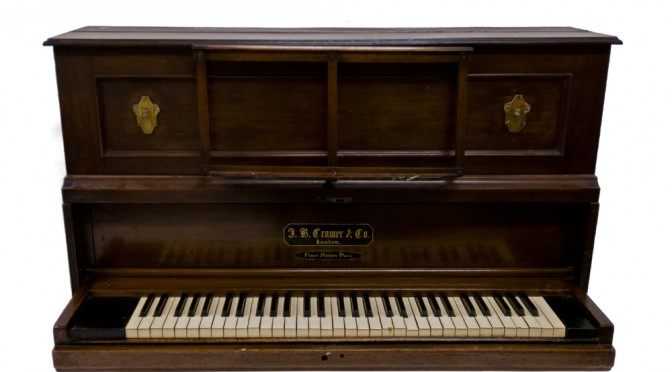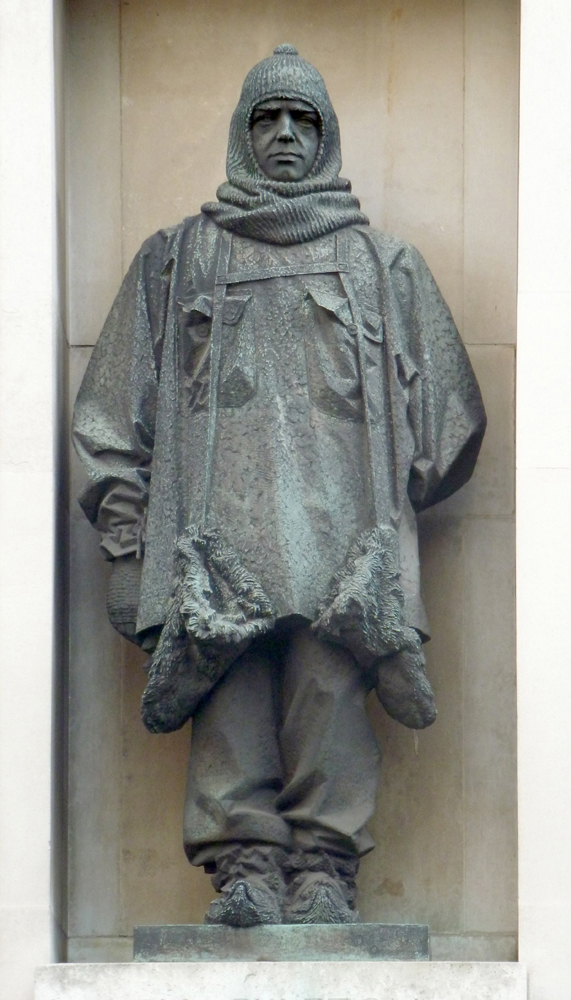In its new display on domestic keyboard instruments, ‘At Home With Music’, the Horniman Museum has been making something of a piano of the type taken to the Antarctic by Robert Falcon Scott on his first expedition, the British National Antarctic Expedition (also known as the Discovery expedition) of 1901-4.
As I’ve been reading Scott’s account of the expedition, The Voyage of the Discovery, when I’ve been away from home (my copy – 2 vols, London etc: Thomas Nelson & Sons, undated – is conveniently pocket-sized), I thought I’d publish the references which Scott makes to the use of the piano, and events at which it must have been employed.


